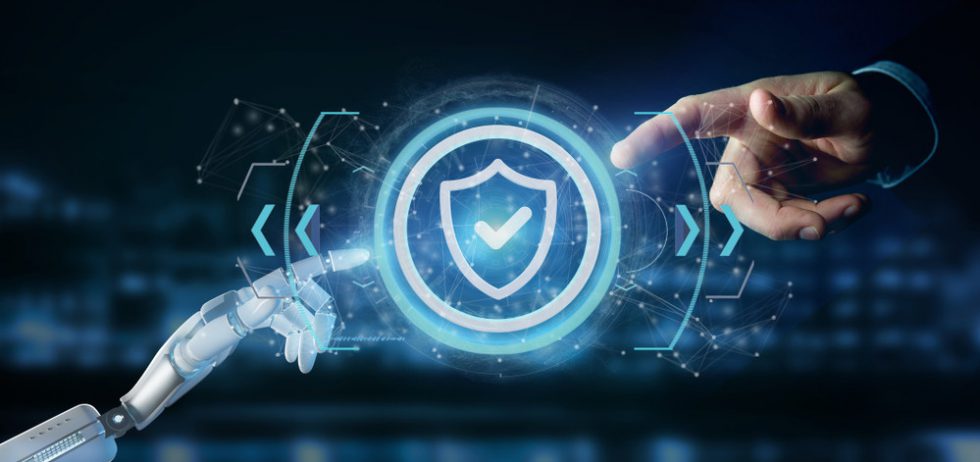
In the rapidly evolving landscape of cybersecurity, Artificial Intelligence (AI) has emerged as a double-edged sword. While AI and machine learning have been pivotal in advancing security measures, they have also given rise to sophisticated methods of cyber-attacks. This article delves into the myriad ways in which hackers are utilizing AI for their purposes, outlining the challenges and potential countermeasures in the cyber world.
Understanding AI in the Context of Cybersecurity
AI in cybersecurity involves using machine learning algorithms and advanced analytics to detect and respond to cyber threats. These systems can analyze patterns, learn from data, and make decisions with minimal human intervention. However, the same technology that fortifies digital defense systems is also being co-opted by hackers to orchestrate advanced attacks.
How Hackers Use AI
-
Automating Cyber Attacks: AI enables hackers to automate attacks, making them more efficient and faster. Automated bots can carry out tasks like scanning networks for vulnerabilities, performing brute-force attacks, or spreading malware at a scale and speed unattainable by human hackers.
-
Social Engineering Attacks: AI is being used to craft more convincing phishing emails and social engineering attacks. By analyzing vast amounts of data, AI algorithms can generate personalized messages that are more likely to deceive the recipients.
-
AI-Powered Malware: Hackers are developing AI-powered malware that can adapt and learn from the environment it infects. Such malware can identify and evade detection mechanisms, making it more challenging to identify and eliminate.
-
Password Cracking: AI algorithms can predict and generate password combinations at an unprecedented speed, making traditional password-based security increasingly vulnerable.
-
Exploiting Machine Learning Models: Known as adversarial machine learning, hackers can manipulate AI systems by feeding them false data, leading them to make erroneous decisions. This technique can be used to trick AI-driven security systems into ignoring actual threats.
-
Bypassing Biometric Security: Hackers use AI to synthesize biometric data, enabling them to bypass security measures like facial or voice recognition systems.
-
Vulnerability Discovery: AI can analyze software codes to discover unknown vulnerabilities, which can then be exploited before they are patched.
-
Deepfakes: Using AI to create hyper-realistic video and audio recordings, known as deepfakes, hackers can impersonate individuals to gain unauthorized access or spread misinformation.

Challenges Posed by AI-Driven Cyber Attacks
-
Scale and Speed: AI-driven attacks can operate at a scale and speed that significantly outpace traditional hacking methods, overwhelming defense systems.
-
Evasion Techniques: AI algorithms can continuously learn and adapt, developing sophisticated evasion techniques that are hard to predict and counter.
-
Sophistication in Social Engineering: AI enables a high level of personalization in social engineering attacks, making them harder to detect and increasing their success rates.
-
Targeting AI Systems: Direct attacks on AI systems can compromise large swathes of a network or data, given the interconnected nature of AI applications.
Responding to the AI Threat in Cybersecurity
-
AI-Driven Defense: Leveraging AI for cybersecurity defense is crucial. AI can analyze patterns and predict attacks, providing proactive defense mechanisms.
-
Continuous Monitoring and Adaptation: Security systems must be continually monitored and updated to adapt to the evolving tactics of AI-driven cyber attacks.
-
Educating and Training Personnel: Human oversight remains critical. Educating cybersecurity personnel on the latest AI-driven threat tactics is essential.
-
Collaboration and Information Sharing: Sharing information about threats and defense mechanisms across organizations and sectors can bolster collective security.
-
Ethical and Legal Frameworks: Developing ethical and legal frameworks to govern the use of AI in cybersecurity is crucial to prevent misuse and protect privacy rights.
-
Investment in Research: Ongoing investment in cybersecurity research is essential to stay ahead of hackers. This includes developing counter-AI strategies and exploring new security paradigms.
The Future Landscape of AI in Cybersecurity
The arms race between cyber attackers and defenders is intensifying with the advent of AI. Future cybersecurity landscapes will likely be dominated by AI-driven strategies on both sides. The key to staying ahead in this race will be continuous innovation, vigilance, and the ethical use of AI.
Conclusion
AI's role in cybersecurity is a paradigm shift, offering both formidable challenges and powerful tools for digital defense. As hackers increasingly adopt AI to conduct sophisticated attacks, the cybersecurity community must respond with equal vigor, leveraging AI for defense while maintaining ethical standards and human oversight. Understanding the capabilities and potential misuses of AI is crucial for individuals and organizations alike, necessitating a proactive approach to digital security in the AI era.



Comments 0